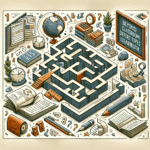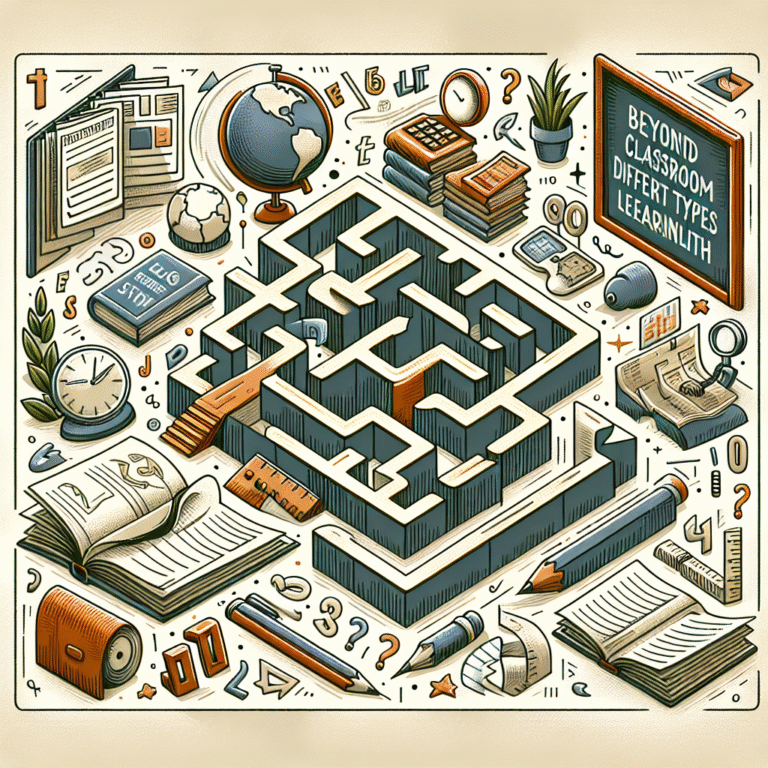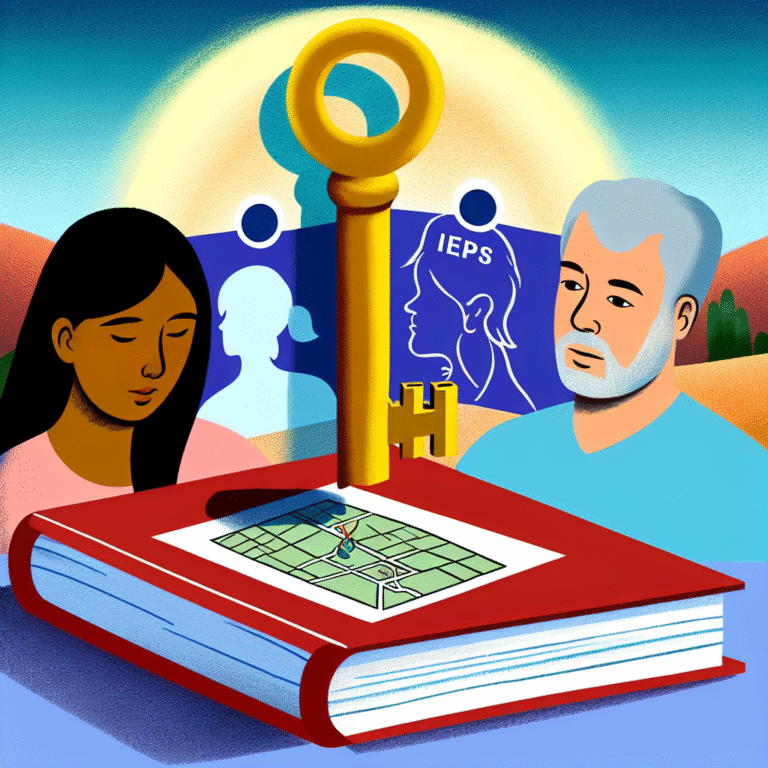
Boundaries Made Simple: Essential Tips for Navigating Personal Space in Relationships
Introduction
In today’s fast-paced world, the importance of personal boundaries in relationships cannot be overstated. Whether in romantic partnerships, friendships, or familial connections, understanding and respecting personal space is crucial for fostering healthy interactions. But how can we effectively set and maintain boundaries without affecting the quality of our relationships? In this article, we’ll explore practical tips that make boundaries simple, along with real-world case studies to illustrate their significance. Get ready to take control of your personal space and enhance your relational dynamics!
What Are Personal Boundaries?
Understanding personal boundaries starts with recognizing what they are. Personal boundaries define the limits we set with others to protect our emotional and physical well-being. They serve as guidelines for what is acceptable behavior from both ourselves and others.
Key Types of Boundaries:
- Physical Boundaries: Pertaining to personal space and physical touch.
- Emotional Boundaries: Relating to feelings and the impact of sharing emotions with others.
- Time Boundaries: How we allocate our time between various commitments.
- Material Boundaries: Involves how we share possessions and financial resources.
Case Study Example: Sarah and Mark
Sarah and Mark have been dating for six months. Sarah feels that Mark is ignoring her need for personal space, often texting her multiple times a day and wanting to spend every weekend together. Feeling overwhelmed, Sarah opts to communicate her needs to Mark.
Analysis
Sarah’s approach is a prime example of boundary-setting. By expressing her feelings directly, she opens a dialogue that can lead to a healthier relationship dynamic.
Why Boundaries Matter
Boundaries are critical in ensuring mutual respect and understanding within relationships. They help prevent burnout, resentment, and misunderstandings. Here are some key reasons why boundaries are essential:
- Prevents Conflict: Clear boundaries diminish ambiguity, reducing the chances of disputes over misunderstandings.
- Promotes Self-Care: Establishing boundaries encourages individuals to prioritize their own needs and well-being.
- Enhances Communication: Open discussions about boundaries foster improved communication practices and develop trust.
Quick Facts: The Impact of Healthy Boundaries
| Impact | Description |
|---|---|
| Improved Trust | Increases the faith partners have in each other. |
| Enhanced Satisfaction | Creates happier and fulfilled relationships. |
| Reduced Anxiety | Lowers stress levels by diminishing feelings of overwhelm. |
Tips for Setting Boundaries
Here are some actionable tips for navigating personal space in relationships effectively:
1. Self-Assessment: Know Your Limits
The first step in establishing boundaries is understanding your own needs. Take time to reflect on what makes you feel comfortable or uncomfortable. Determining these limits ensures that you can assert them confidently.
2. Communicate Clearly and Kindly
Once you know your limits, communicate them explicitly. Use "I" statements to express how someone’s actions affect you. For example, “I feel overwhelmed when I receive numerous texts throughout the day.”
3. Practice Assertiveness
Assertiveness is the ability to express your needs and feelings openly and honestly. Being assertive doesn’t mean being aggressive; it’s about respecting both your own boundaries and those of others.
4. Remain Consistent
Consistency is key in boundary setting. If you set a boundary, commit to it. This consistency strengthens your position and reassures others that you are serious about your limits.
5. Be Open to Negotiation
Relationships require mutual respect and adjustments. Be prepared for discussions about your boundaries and be willing to negotiate if necessary. Ensure that both parties feel heard and respected.
6. Utilize Time Out Periods
If emotions run high, take a break to cool down. A short time-out can prevent reactions that undermine your boundaries and help clarify your feelings.
7. Involve Others in the Conversation
When applicable, involve family, friends, or partners in discussions about boundaries. This fosters a collaborative atmosphere and makes it easier for everyone involved to understand and adhere to each other’s limits.
Case Studies of Successful Boundary Setting
Case Study Example: Jake and Lara
Jake and Lara have been best friends for years, but Jake often interrupts Lara during conversations. Acknowledging his habit, Lara decides to address it calmly. "Jake, I love our conversations, but I often feel unheard when I’m interrupted. Can we work on this together?"
Analysis
Lara’s thoughtful yet assertive approach highlights the importance of direct communication in boundary setting. By framing her needs positively, she opens a space for dialogue without placing blame.
Case Study Example: Michael and His Colleagues
Michael works in a high-pressure environment and often finds it challenging to maintain work-life balance. After realizing his personal time is suffering, he sets boundaries about availability after hours by informing his team, “I will respond to emails during working hours only.”
Analysis
Michael’s boundary-setting showcases the need for personal time and the importance of communicating these needs in a professional context.
Practical Applications: Tools and Techniques
Table: Tools for Setting and Maintaining Boundaries
| Tool | Purpose |
|---|---|
| Journaling | Reflect on feelings and identify boundary issues. |
| Role-Playing | Practice how to communicate boundaries effectively. |
| Support Groups | Find community and encouragement in boundary work. |
| Counseling | Seek professional guidance in complex situations. |
Techniques for Reinforcement:
- Visual Reminders: Create visual cues (like sticky notes) to remind you to maintain your boundaries.
- Feedback Mechanisms: Ask trusted individuals to keep you accountable for sticking to boundaries.
The Do’s and Don’ts of Boundary Setting
Do:
- Respect others’ boundaries as you set your own.
- Be patient; adjusting to new boundaries takes time.
Don’t:
- Apologize excessively for setting boundaries.
- Allow guilt to undermine your boundaries.
Conclusion
Navigating personal space in relationships can be challenging, but with the right approaches, it can lead to enriched connections and heightened self-awareness. Remember, boundaries made simple are not just about what you can get; they are about fostering mutual respect and understanding. By applying these tips, you empower both yourself and those around you to embrace healthy interactions.
Begin setting your boundaries today and watch your relationships transform!
FAQs Section
1. What are personal boundaries, and why are they important?
Personal boundaries are the limits we set with others to safeguard our well-being. They are crucial for maintaining emotional health and fostering respectful relationships.
2. How do I know if my boundaries are being respected?
Signs might include feelings of resentment or discomfort when around specific individuals. If you feel your comfort is being compromised, it may be time to reevaluate or assert your boundaries again.
3. What if the other person doesn’t accept my boundaries?
Not everyone will understand or accept your boundaries immediately. Stay firm and communicate the reasons behind your limits respectfully.
4. How can I effectively manage boundary violations?
Recognize and address boundary violations promptly. Use the situation as an opportunity to reaffirm your boundaries with the individual involved.
5. Can my boundaries change over time?
Absolutely! As you grow and evolve, your boundaries may also shift. It’s essential to stay in tune with your needs and adjust your boundaries accordingly.
As you can see, the arts of setting and maintaining boundaries—made simple—are not only attainable but essential for nurturing healthy and enriching relationships. By investing time and effort into personal space navigation, you’re setting the stage for a more fulfilling life. So go ahead, embark on this journey, and watch as your relationships flourish!















